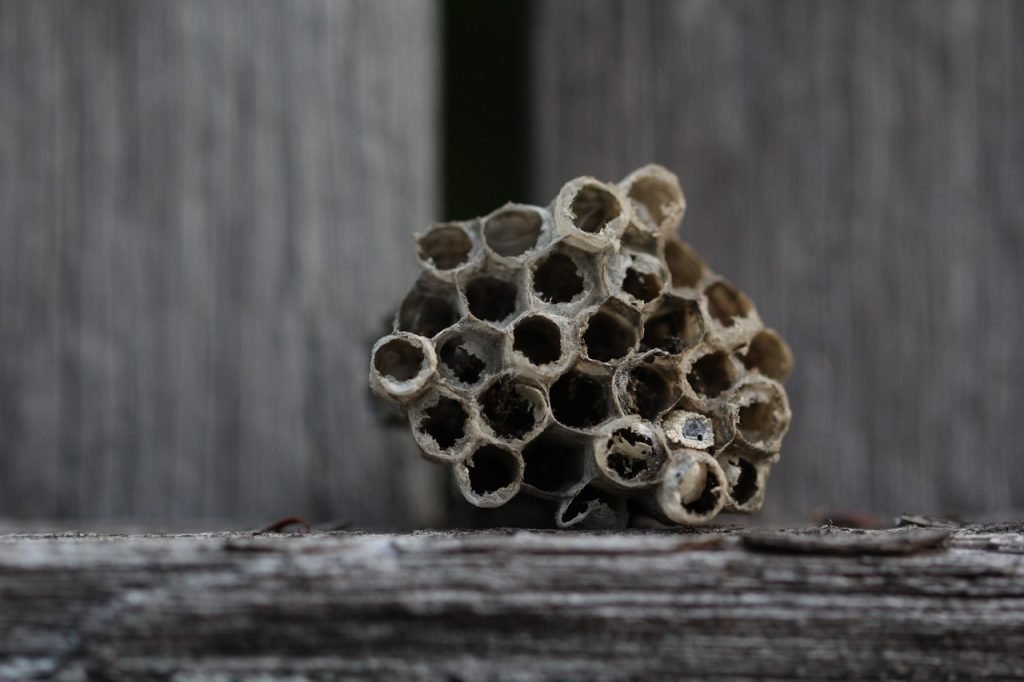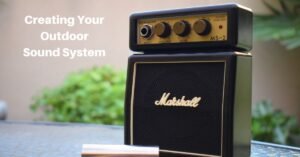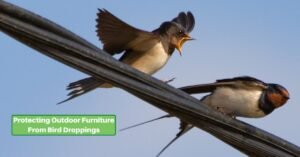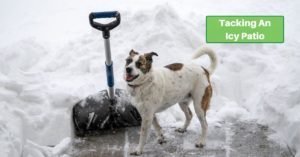Fact-checking is a service we need in this age of memes, social media, and easy-to-set-up web pages. That applies to politics and medicine, but it’s also important for yard care. And one of the most important fact checks that we need is about getting rid of wasp or hornet nests.
Wasps and hornets around the house can be dangerous neighbors. Their sting is painful. But they can also attack in packs, compounding the problem. They do have their benefits – they eat many other garden pests. At the same time, we want to be sure our families and pets are safe from their attacks.
There are also a lot of bad ideas about dealing with hornets and wasps out there. They can increase the risk of being stung and even cause greater harm than good.
What Not To Do
Let’s look at a few of the myths about dealing with these nests. Then we’ll make recommendations for better ways to handle the problem.
Beat The Nest
Some people try to use brute force to destroy the nest. This might do serious damage to the nest, but you’ll be left with furious flying war machines seeking revenge. And it also means you’ll have to be close to the hive – too close for comfort.
Burn Them Out
Trying to burn a nest or smoke them out is a popular old wives’ tale. But it’s also ineffective and dangerous.
They build their nests out of digested wood. That makes it extremely flammable. Sure, it will burn easily. But that also makes it likely that the fire will spread to your house or the tree where the nest is hanging.
Smoke or fire can also anger the insects – both those in the hive and those out hunting. And that puts you and others nearby at greater risk.
If you’re dealing with ground wasps, don’t consider filling their tunnels with a flammable liquid. You don’t know where the tunnels may go. Also, the chemicals will contaminate the soil and groundwater.

Drown Them Out
Like fire, water can do a lot of damage to the hive’s structure. But it won’t do much to kill the creatures. They’ll simply be angered and eager to attack.
If the nest is on the side of your house, you also run the risk of water getting inside. Nests are often along attic vents or other spaces that have access to the interior.
Trying to drown wasps below ground is still a bad idea. The entry tunnel is often below the living area. That means you’re simply pumping water into the ground, leaving the wasps themselves unaffected.
Vacuum Them Up
Ok, this idea isn’t as common as the others – fortunately. But using a shop vac to try to collect hornets or wasps might catch a couple. The rest will just get angry. And even those who end up in your vacuum can fly out again when you turn it off. Or they’ll sting you when you open the container.
What Does Work For Getting Rid Of Wasp Nests
Those are the myths, but they don’t mean you’re hopeless. Here are some options that will help you get rid of these flying pests.
Of course, depending on the location of the nest, you could leave it alone. If it’s outside of areas that you frequent, you can decide to peacefully coexist with them. But if you can’t, here’s what you can try.
Call The Pros
Sure, that’s not what you came here to read. But it’s always an option if you’re not comfortable or capable of getting rid of the nest yourself.
Bag Them Up
If you want a DIY solution to your nesting problem, this is the best.
First, be sure to wear clothing that will help protect you from stings. Long sleeves and long pants, gloves, and a hat help. Be sure to tuck in your shirt and button your sleeves. If you have long hair, pull it back to reduce the risk that a wasp will get tangled in it.
Wasps and hornets are less active when it’s cool, so wait until late evening or before dawn to approach the nest
Bring a can of wasp spray and a plastic trash bag. Spray the nest then slide the bag over it, pulling the nest off whatever it’s attached to. Close the bag tightly and tie it shut.
Place this bag inside another one, and seal that one as well. Then place it in a trash can that closes tightly.
Dig Them Out
If you have burrowing wasps, you’ll have to take a different approach.
Use your insecticide to spray into and around any entryways you can find. Again, the best time to do this is during the coolest parts of the day.
Observe the air for a day or two. You should see much less activity. If, after two days, the activity continues, spray some more.
Once the activity stops, you can dig the nest up. Bag it in a plastic bag and throw it away.
An Ounce Of Prevention
Of course, it’s even better if you never have to deal with a nest. Here are some tips for keeping them safely away from your house.
Don’t Attract Hornets, Wasps, or Yellowjackets
These flying insects are looking for food. That often means rotting meat or fruit.
If you eat outside, be sure to clean up promptly. Don’t leave dirty plates or open containers sitting around longer than necessary.
Do you have a compost pile? You shouldn’t put meat into it anyway. But fruit is great for composting. However, be sure to bury it a few inches deep.
Act Early
Keep an eye open for any new nests, too. If they are very small – just a few cells – crush them. If they’re slightly bigger, spray them first with insecticide. Of course, the larger they get, the more inhabitants they’ll have. So it’s best to deal with them while they’re still small.

Again, early morning or late evening are the best times to attack.
Conclusion
Wasps, hornets, and yellow jackets can help control harmful insects. But they can also present a danger to people and pets. If you want to get rid of their nests yourself, it’s important not to fall into some of the “popular” ways to deal with them. Instead, take early steps. If necessary for a larger nest, either use a professional service or a proven, safe method to handle them.









